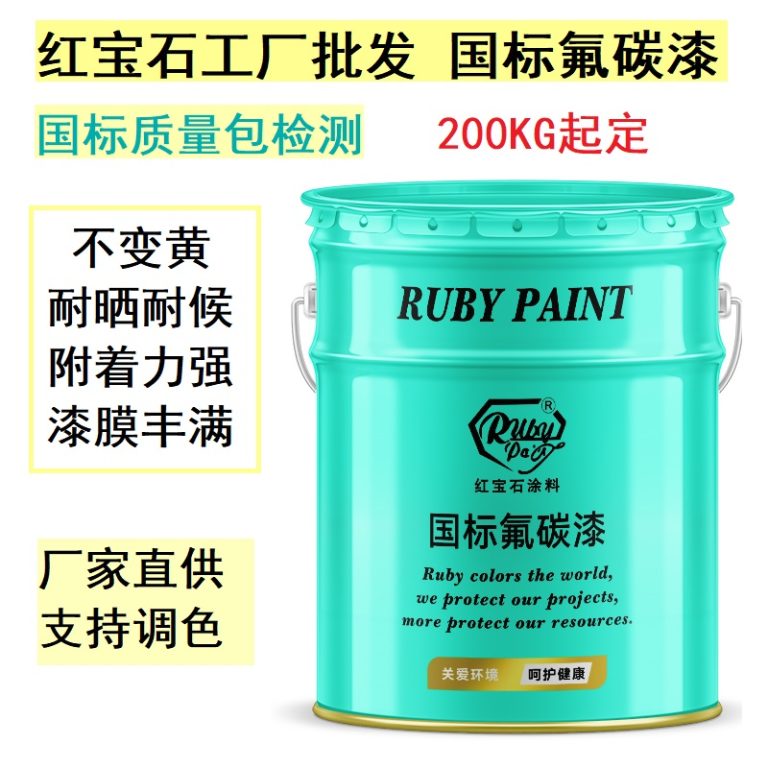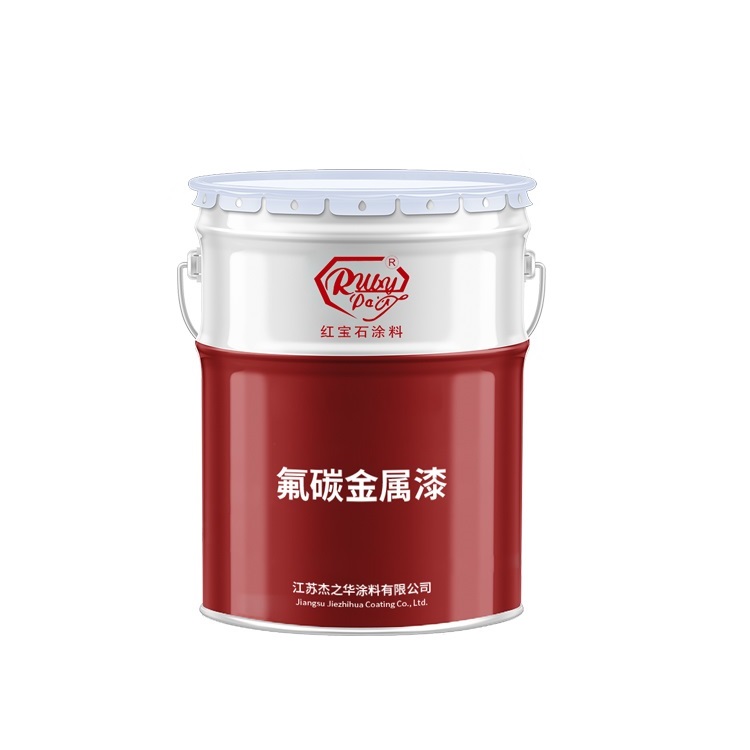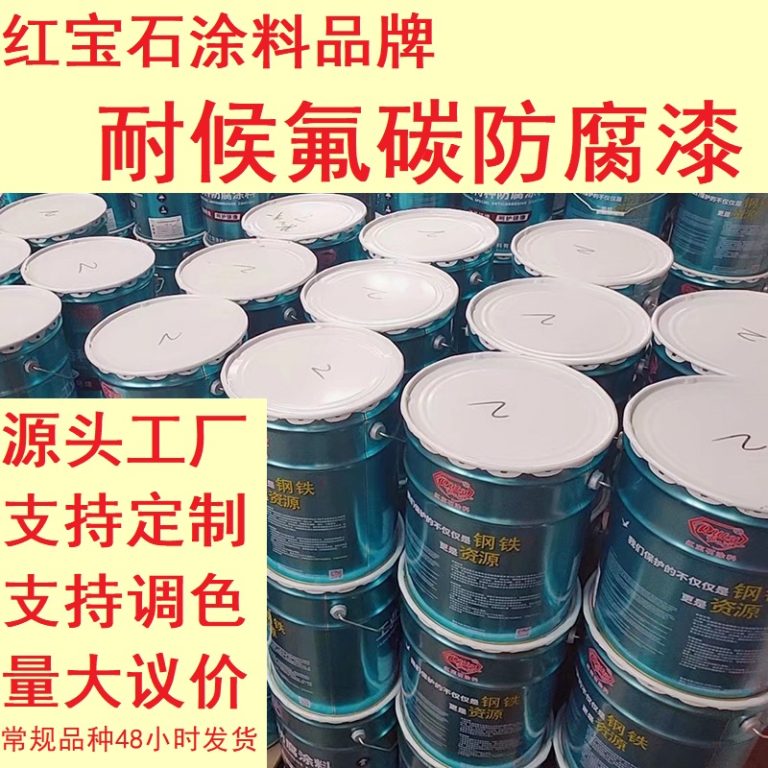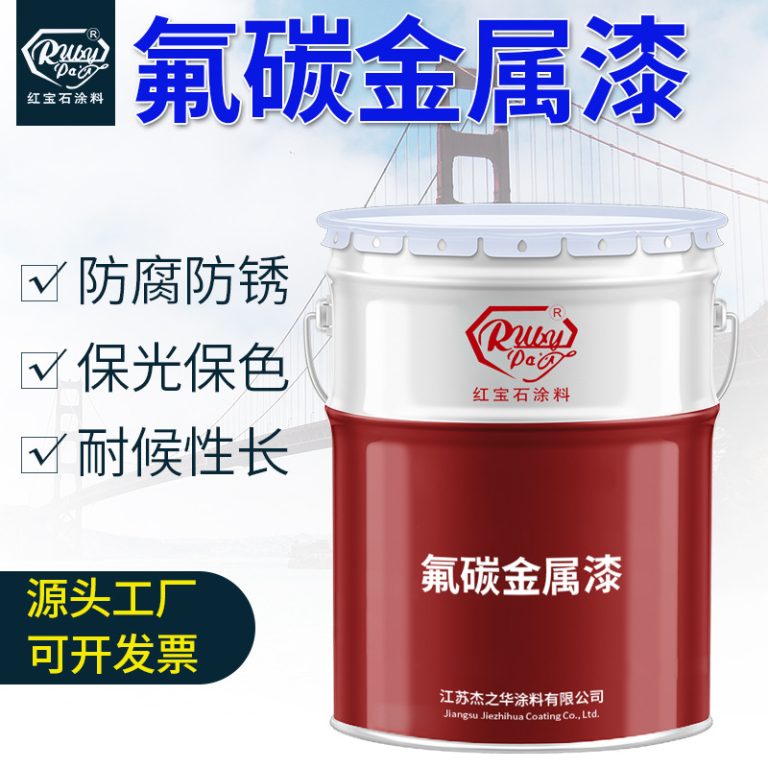Table of Contents
The Effectiveness of Ospho in Paint Removal
Ospho is a popular rust-inhibiting product that has been used for many years to treat metal surfaces before painting. It is a phosphoric acid-based solution that chemically reacts with rust to convert it into a stable, black iron phosphate coating. This coating can then be painted over, providing a protective barrier against further corrosion. However, many people wonder whether Ospho can also be used to remove paint from metal surfaces.
The primary function of Ospho is not to strip paint but to treat rusted metal. When applied to a rusted surface, Ospho interacts with the iron oxide (rust) to create iron phosphate, which is a more stable compound. This reaction does not inherently strip or dissolve existing paint. Therefore, if you are looking to remove paint from a metal surface, Ospho may not be the most effective choice.
www.youtube.com/watch?v=kCkCI75Qvv8However, it is important to note that while Ospho does not directly remove paint, it can still play a role in the paint removal process. When Ospho is applied to a painted metal surface that also exhibits signs of rust, the chemical reaction can cause the paint to lose adhesion in areas where rust is present. This can lead to localized flaking or bubbling of the paint, making it easier to scrape or sand off. In this sense, Ospho can indirectly assist in the paint removal process by weakening the bond between the paint and the rusted metal.
For those seeking to remove paint from metal surfaces, more direct methods such as mechanical scraping, sanding, or using a chemical paint stripper are typically more effective. These methods directly target the paint layer and are designed to break down or physically remove the paint from the surface. Chemical paint strippers, in particular, contain solvents or caustic chemicals that dissolve or soften the paint, allowing for easier removal.
If you choose to use Ospho as part of your paint removal process, it is crucial to follow proper safety guidelines. Ospho contains phosphoric acid, which can be harmful if it comes into contact with skin or eyes. Always wear appropriate protective gear, such as gloves and safety goggles, when handling Ospho. Additionally, ensure that the area is well-ventilated to avoid inhaling fumes.
After applying Ospho and removing any loose paint, it is essential to thoroughly clean the metal surface before repainting. Any residue from the Ospho treatment or remnants of old paint can interfere with the adhesion of the new paint. A clean, smooth, and properly prepared surface will yield the best results when repainting.
In conclusion, while Ospho is an effective rust converter and can indirectly aid in the paint removal process by causing paint to lose adhesion in rusted areas, it is not specifically formulated to strip paint. For comprehensive paint removal, other methods such as mechanical scraping, sanding, or using a chemical paint stripper are recommended. Always prioritize safety when using chemical products like Ospho and follow the manufacturer’s instructions for best results.
Comparing Ospho with Other Paint Removal Methods
Ospho is a popular rust converter and metal primer that is often used in the restoration and maintenance of metal surfaces. It is a phosphoric acid-based solution that chemically reacts with rust to convert it into a stable, black iron phosphate coating, which can then be painted over. However, many people wonder whether Ospho can also be used to remove paint from metal surfaces.
| Serial Number | Products |
| 1 | Fluoracarbon primer paint |
When it comes to paint removal, Ospho is not specifically designed for this purpose. While it can help in loosening and lifting some types of paint, especially if they are already deteriorating or peeling, it is not as effective as other dedicated paint removal products. Ospho’s primary function is to treat rust and prepare metal surfaces for painting, rather than stripping paint.
In comparison, there are several other methods available for removing paint that are more effective and specifically designed for this task. One common method is the use of chemical paint strippers, which are formulated to break down the bonds between the paint and the substrate, allowing the paint to be easily scraped or wiped away. These products are available in various forms, including liquids, gels, and aerosols, and can be used on a variety of surfaces.
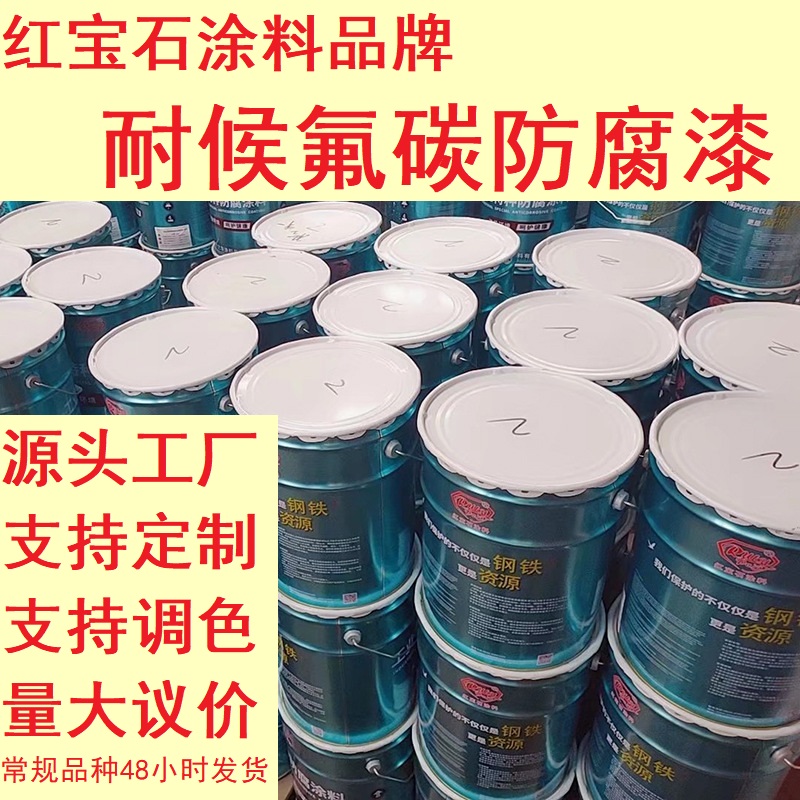
Another popular method for paint removal is sandblasting, which involves using high-pressure air to blast abrasive materials, such as sand or glass beads, against the painted surface. This abrasive action effectively removes paint, rust, and other contaminants, leaving the surface clean and ready for refinishing. Sandblasting is particularly useful for large or heavily painted surfaces, but it requires specialized equipment and safety precautions.
Heat guns are also commonly used to remove paint, especially from wood surfaces. By applying heat to the painted area, the paint softens and can be easily scraped off. This method is effective for removing multiple layers of paint and is relatively safe and easy to use, although it does require some care to avoid damaging the underlying surface or causing burns.
For those looking for a more environmentally friendly option, there are also paint removal products available that are made from natural ingredients and are biodegradable. These products are often less harsh and produce fewer fumes than traditional chemical paint strippers, making them a safer choice for indoor use and for those with sensitivities to strong chemicals.
| No. | Commodity Name |
| 1 | Fluoracarbon paint |
In conclusion, while Ospho can be useful in certain situations for loosening paint, it is not the most effective or efficient method for paint removal. For those looking to strip paint from metal or other surfaces, it is recommended to use a product or method that is specifically designed for this purpose, such as chemical paint strippers, sandblasting, heat guns, or eco-friendly alternatives. Each of these methods has its own advantages and limitations, and the best choice will depend on the specific requirements of the project, including the type of surface, the condition of the paint, and any environmental or safety considerations.

